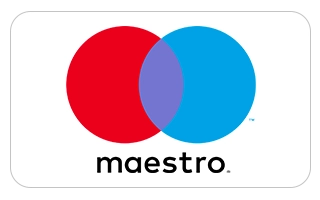The History of Shoelaces

SNIPPET ANSWER: Ever wondered how shoelaces came into being? Well here is an informative article explaining just that!…
There are some things in our lives that we simply take for granted. We may use those items daily, but that we don’t pay that much attention to them. Shoe laces are
a prime example of this.
Whilst you may need shoe laces every day, the chances are that you don’t really pay much attention to where they come from or how they have changed over time.
We thought it was about time that we learnt more about shoelaces and what better way than with the history of shoelaces?

The very beginnings of shoe laces
No one can identify where shoe laces came from or the first time they were used; however, it is thought that shoe laces were around at the same time that shoes
were. It is believed that as much as 5,000 years ago, cavemen and cavewomen used shoelaces to fasten their shoes and show which tribe they were a part of.
Whilst it was a great way to identify the background of the wearer. The main reason that shoes (and in turn shoe laces) were created is that they allowed the
wearer to roam around.

Modern shoe laces
Moving through time, shoes and the laces that fastened them changed and developed. Back in March 1790, a man by the name of Harvey Kennedy patented the
shoestring. Whilst he did not invent shoe laces, what set him apart from those who went before him, was the design of his shoelaces.
He included an aglet, which took flat shoe laces and round shoe laces and elevated them. The aglet is a metal or, more often than not, plastic covering on the end
of the lace. These not only stop the waxed shoe laces from getting damaged but also make it much easier to thread them through the shoe.
It probably comes as little surprise that shoe laces with aglets became a preferred approach for all.

The future of shoe laces
As time has gone past, the design of shoelaces has also changed. People want to make sure that they have a mixture of comfort and style, which means that the
design of both shoes and shoelaces have had to change.
One modern approach to shoe laces that has become popular of late is elastic shoe laces. These shoe laces ensure that your shoes stay on when you are moving
around; however, they do not require tying up like regular shoe laces.
For the most part, elasticated shoe laces are a go-to choice for children and those who find it hard to do up their shoes, such as those with mobility issues.
Both shoes and shoe laces have changed quite a lot over time. Who knows what will happen in the future? We know that shoe laces are not going anywhere, so
long as we have shoes to wear and we need them to get around, we will need a way to make sure that they stay on our feet.





